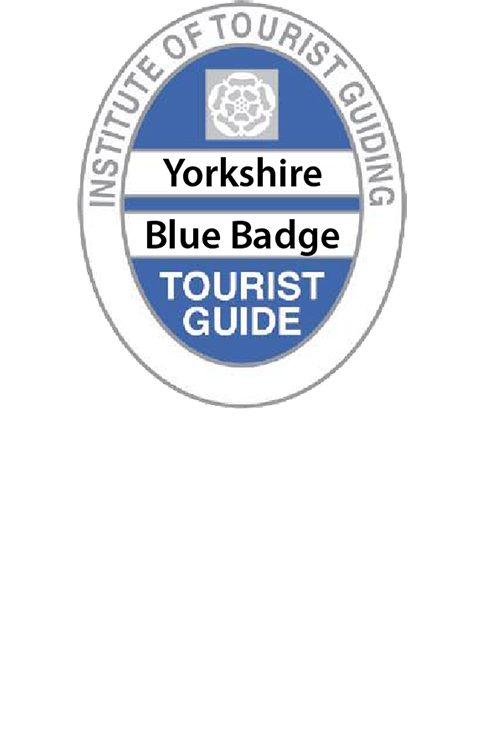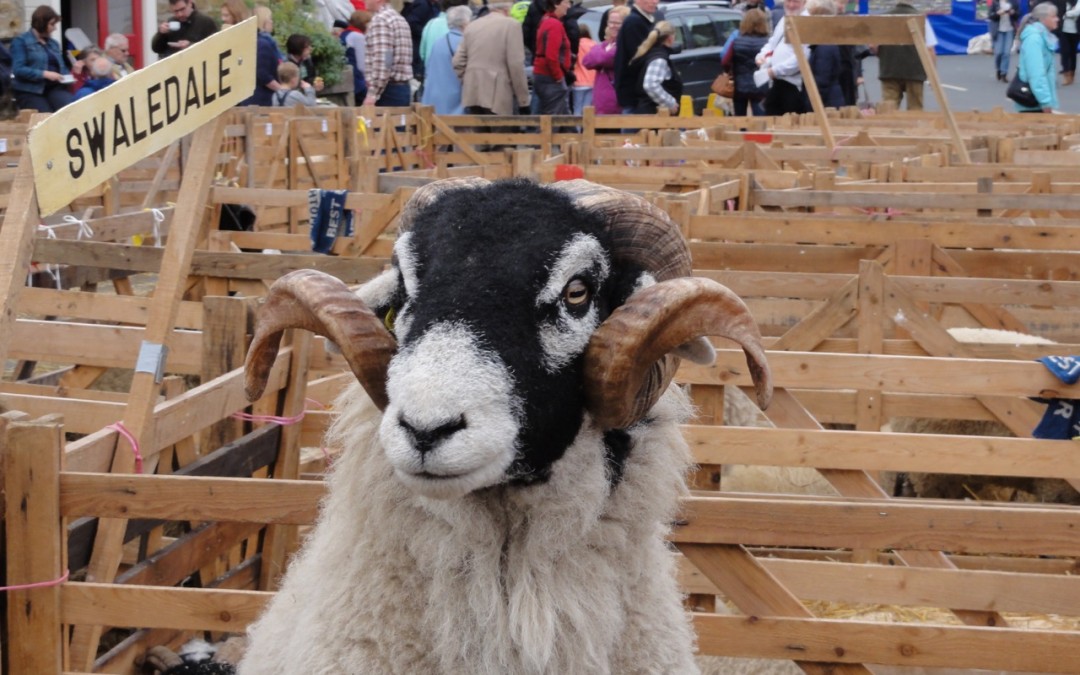PHOTO: A handsome Swaledale Tup (Ram) at the Masham Sheep Fair in the Yorkshire Dales
The wealth of medieval England was built on the export of wool to continental Europe, which is why the Lord Speaker even today sits on a wool-sack in the House of Lords. However, Wool is now essentially a by-product from the rearing of lambs for the meat industry.
Wool from shearing Yorkshire’s sheep is collected by the British Wool Marketing Board’s northern depot in Bradford. This depot handles 6 million kilos of wool from 16,000 farms. The wool is tested for fineness of fibre, colour quality, vegetable matter and yield. Yield is important because it is sold in its natural greasy state, after being cleaned it can lose up to 30% of its weight. These quality checks give British wool added value and credibility among the buyers, who are mainly international wholesalers.
The price of wool is, like most things today, determined by global market trends. Around a third is exported to China, and nearly half to Europe. The average price of a kilogram of wool in 2015 was 85p, in previous years it has been as low as 33p. In most years the value of a fleece barely covers the cost of shearing, but it’s necessary for the well being of the sheep to be sheared every summer.
British wool is sold for many different uses, coming as it does from over 60 breeds of sheep. By contrast, New Zealand produces wool from only 4 breeds. Finer fibres fetch a better price because they can be used in a number of different products with high retail value, such as high fashion clothing. Yorkshire’s famous Swaledale wool is coarse and tough – perfect for making carpets.
If you want to see the Swaledale sheep in its native habitat and experience the glorious Yorkshire Dales National Park for yourself, why not contact a Yorkshire Blue Badge Guide and plan your visit.
Steve Sutcliffe, Yorkshire Blue Badge Driver Guide
www.yorkshireinstyle.co.uk


